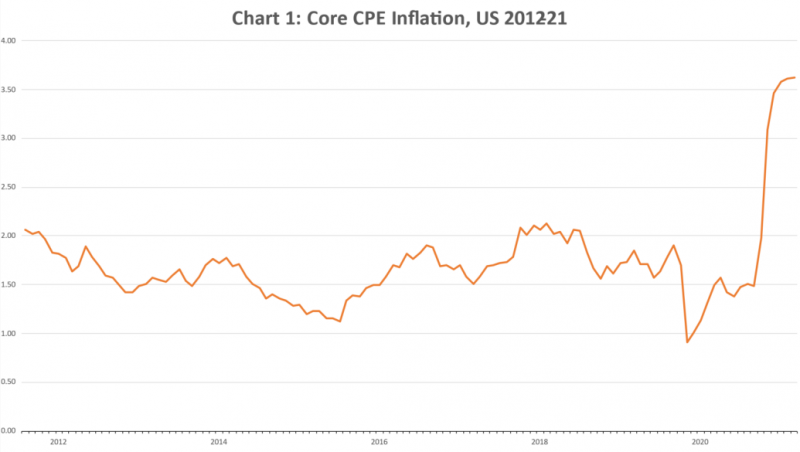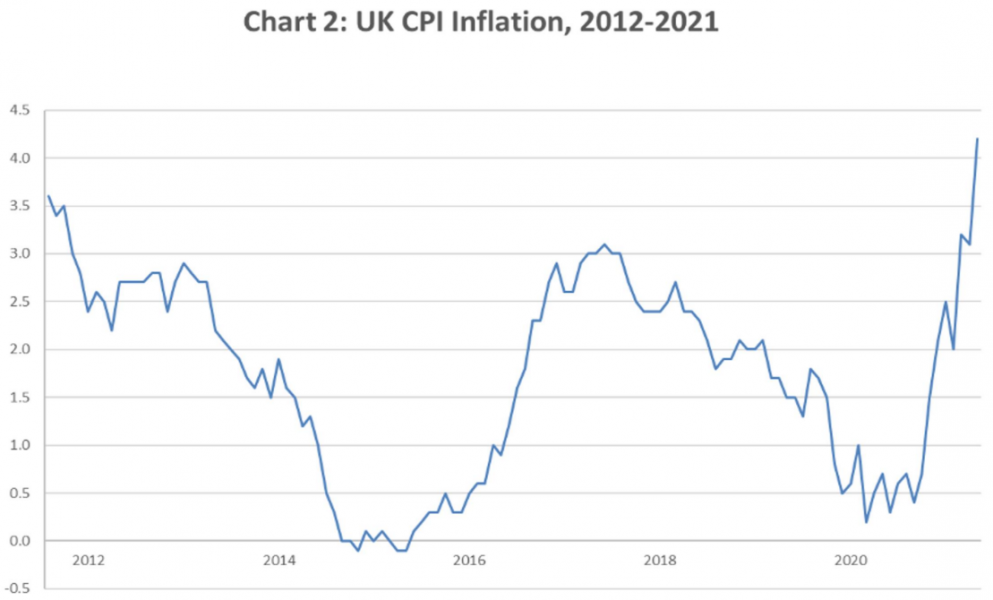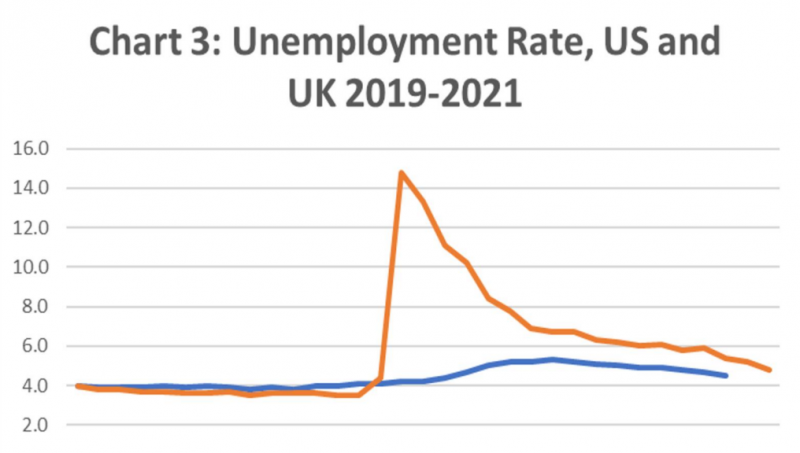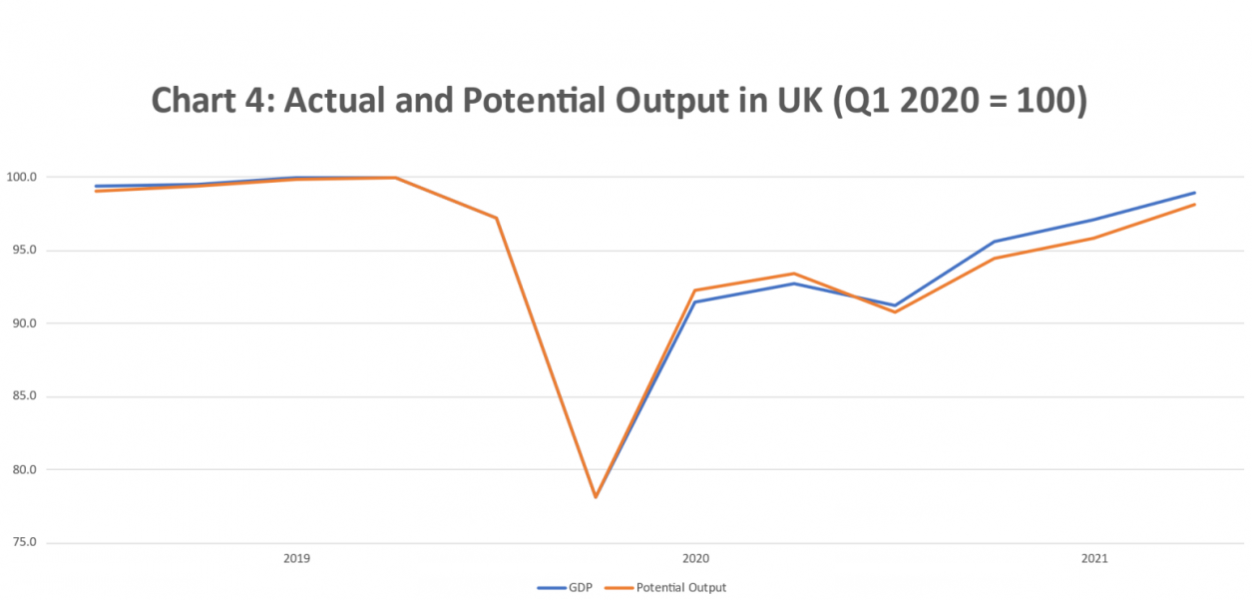References
Congdon, T. (2011), Money in a Free Society, Encounter Books, New York.
Garten, J.E. (2021), Three Days at Camp David, HarperCollins, New York.
Goodfriend, M. and M.A. King (2015), Review of the Riksbank’s Monetary Policy 2010-2015, Riksdagstryckeriet, Stockholm.
Hendry, D. and G. Mizon (2014), “Why DSGEs Crash During Crises”, Vox, CEPR, https://voxeu.org/article/why-standard-macro-models-fail-crises.
Kay, J.A. and M.A. King, Radical Uncertainty: Decision-making for an unknowable future, The Bridge Street Press, London.
King, M.A. (2016), The End of Alchemy: Money, Banking and the Future of the Global Economy, Little, Brown, London.
Mellor, D.H. ed. (1990), F.P. Ramsey Philosophical Papers, Cambridge University Press.
Samuelson, P.A. (1968), “What Classical and Neoclassical Monetary Theory Was”, The Canadian Journal of Economics, Vol.1 No. 1, pps. 1-15.
Savage, L.J. (1954), The Foundations of Statistics, John Wiley and Sons, New York.







